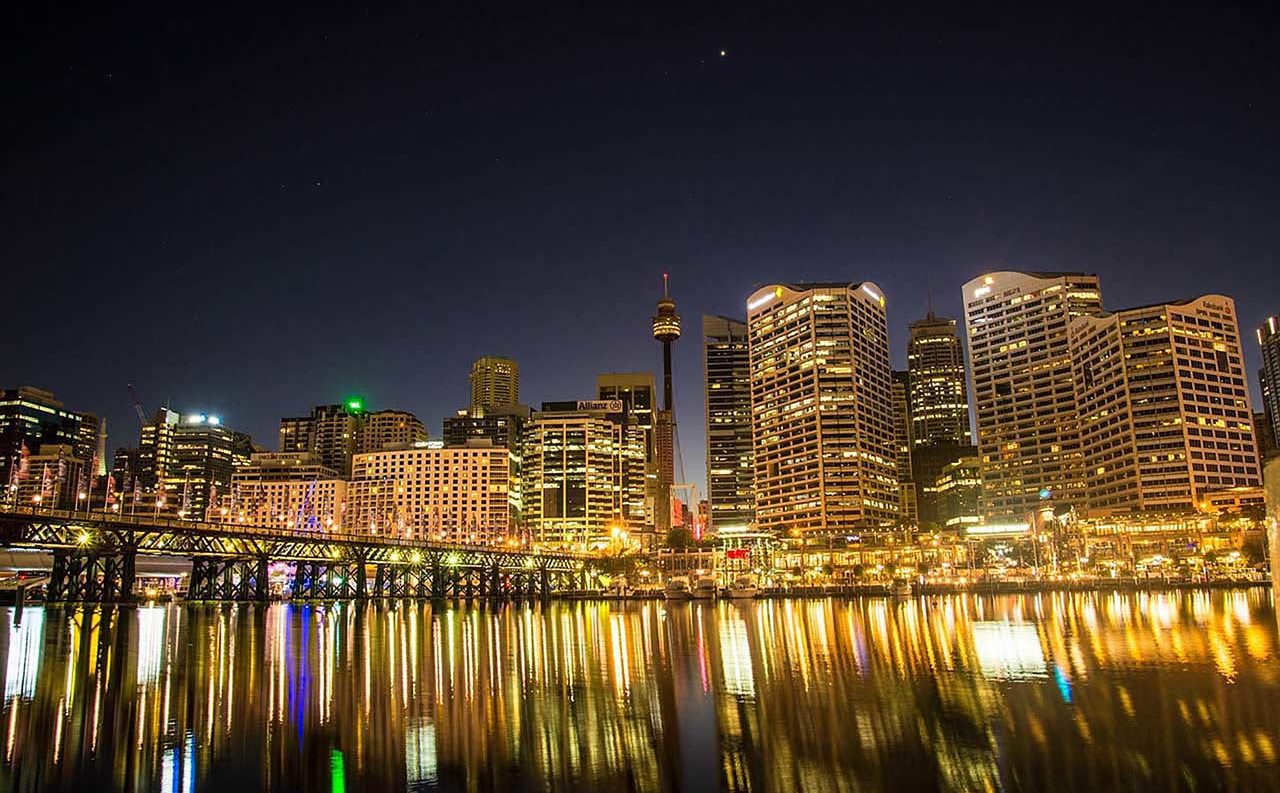We all love night photography for the otherworldly images you can create, full of rich, saturated colours and ethereal light. But no one likes lugging a tripod on their back for hours at a time. What’s more, some photographers simply cannot physically carry a tripod
If you find yourself in one of these categories, you’re in luck. In this quick tutorial we’ll show you several ways you can set up your camera to shoot handheld night photography without the need of a tripod.
If you’re reading this and you’re a photographer – which we hope you are – then you are lucky. You are living in a golden age of digital camera technology, and even your cheapest, entry-level budget cameras offer clear, noise-free performance at higher ISO settings.
Better sensor technology – as well as cheaper, bigger image sensors – allow you to push your ISO up to higher sensitivities where you can find fast enough shutter speeds to shoot at night with confidence that your images won’t suffer from noise pollution.
However, noise can still creep in depending on what other settings you are using. Below we’ll show you our favourite settings for shooting at night without a tripod to ensure we still capture details without losing our images to noise.
01 Set your ISO high
As we’ve said above, the first step is to get over your fear of using high ISOs and set your camera’s sensitivity to its higher settings. Your camera will likely have an ISO button on top or on it back, but failing that you’ll find a control in the top of your menu settings.
I suggest starting with a maximum setting of ISO 3200 and seeing how your camera performs. Most new cameras perform admirably at this sensitivity, and you could probably pus this to ISO 6400.
The reality is, at sensitivities this high you are only going to notice noise when zoomed in at 100%, or thereabouts. So unless you plan on making massive prints, these images will be suitable for almost every purpose, whether it’s a calendar or card, or cover photo on Facebook.
And you can expand your ISO further beyond your camera’s native range in most cases. Many cameras have what’s called an H1 and H2 settings that let you push your camera’s sensitivity up to some phenomenally high number.
These settings are great for photojournalists, for instance, who need to get a shot at any cost. And while images at these settings will most certainly display noise, it means you will never miss that shot of Bigfoot doffing his cap as he strolls through the forest at night.
For anything else, though, we’d suggest you stick to the maximum ISO setting within your camera’s native range to ensure the best quality.
02 Noise reduction
Most cameras now employ sophisticated methods of quelling noise in your images. But when you are shooting at your camera’s highest native ISO settings it’s still a good idea to dial in your camera’s maximum noise reduction.
We like to shoot a couple frames with and without noise reduction enabled, then zoom into the images at 100% to compare noise in the shadow areas.
03 Fine tune your exposure
If using a wide-angle lens, you only need to set an aperture of about f/5.6 if you want to record sharpness from edge to edge of your frame.
And it’s worth remembering the shutter speed to focal length rule, which roughly states that you can handhold your camera (with a little extra assistance from your Image Stabilisation) at shutter speeds equivalent to your focal length, 1/50sec at 55mm.
Remember, this is a starting point and you might need to adjust accordingly depending on the light conditions. But generally this should be fine for shooting handheld at night.
READ MORE
How to photograph the moon
8 night photography tips you’ll use forever



